- Fuhu Temple, located in the foothills of Mount Emei in Sichuan, adjacent to Baoguo Temple
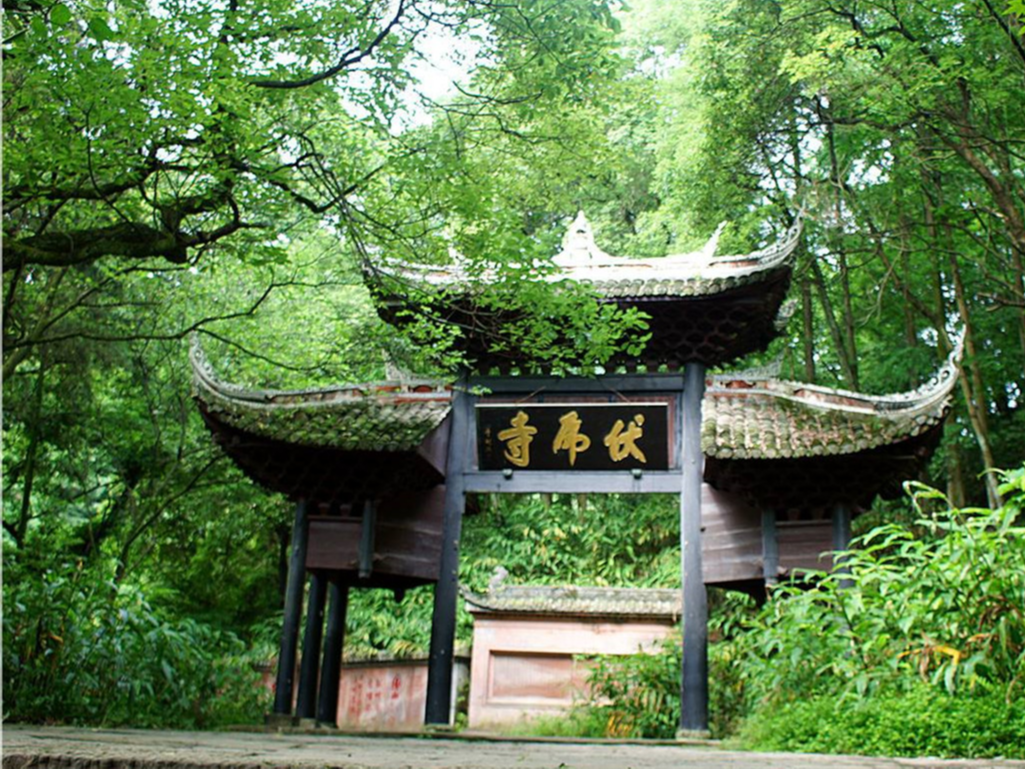
The Fuhu Temple in Mount Emei, according to the "Records of Mount Emei", was first built by the monk Xin'an in the Jin Dynasty. Taking the foot of the Fuhu Ridge, which is shaped like a crouching tiger, as its base, it was named Fuhu Temple. In the Ming Dynasty Hu Shian's "Emeishan Daoliji" wrote: "Go back to the ancient Baisensen, decorated with a high-hanging path, and Fuhu Temple is across the Huxi." It shows that the temple name has not changed from the Tang to the Song to the middle of the Ming Dynasty. At the end of the Ming Dynasty, it was renamed the Hall of Pharmacists and became the Hospital of Jinding Lengyan. In the eighth year of Shunzhi in the Qing Dynasty (1651), monk Guanzhi was rebuilt, which lasted 20 years, and became one of the largest temples in the mountain. Entering the gate of the temple is the Maitreya Hall. Inside the temple is a seated statue of Maitreya with a golden body and clay, and there are four seated statues of heavenly kings on both sides. The back of the Hall of Maitreya is the Hall of Wei Tuo, with a statue of Wei Tuo inside.


The buildings in the temple include Shanmen, Maitreya Hall, Daxiong Hall, Guanyin Hall, Guest Hall, Zhai Hall, etc. In 1983, Xixiangchi was designated as a key temple in China in the Han area. The only Bujin forest in China involved in the dirt environment of the monastery. Based on the number of words in the Mahayana Sutra, the monk Jiwan planted more than 109,000 cypresses of Phoebe cinnamon in the week of the temple. The green shade covered the sun. Up to now, the Bujinlin Traveling Script Archway is written by contemporary calligraphers Shen Peng and Li Changlu. The arched wood structure is ruyi and is hidden among the green cypresses. It is elegant and pleasant, and enjoys the coolness.
The entire temple of Fuhu Temple is hidden in the dense forest, so it is known as the tiger hiding in the dense forest. But the magical thing is that there are unbroken leaves on the roof of the temple all year round. Fuhu Temple is 1 kilometer away from Baoguo Temple. It is located at the confluence of Yoga River and Tiger Stream. It is 630 meters above sea level. It is the largest monastery in Mount Emei. Here you can also see Bujinlin, one of the three major gardens of Mount Emei, the most magnificent pagoda in China's copper pagoda, and the largest Luohantang in the entire mountain.


Architectural characteristics of Fuhu Temple
Within the area of Fuhu Temple, there are three bridges (Tiger Bath, Tiger Creek, Tiger Roar) with gurgling water, Erfang (Fuhu Temple, Bujinlin) forest trees and green onion cages, and Fuhuling 630 meters above sea level with flying on the slope Fengshan is a green barrier, and the foundation of the temple house is in a narrow valley. The vigor of the four seasons makes the roof of the temple free of dead branches and leaves and dust.
The ancient temples and temples overlap, and the ingenious construction sites form a huge courtyard with four courtyards. Surrounded by green mountains and beautiful waters, the airflow in the four seasons repeatedly swirls, resembling tornadoes, wind and wind, and it is difficult for animals, birds and insects to stand on the roof, not to mention the forest. The branches and leaves are also difficult to keep.
It is reported that Kangxi Xuanye learned of this strange thing, and gave the book the title of the thousand-year-old ancient temple Ligu Garden, which is a pen of admiration for the Buddhist holy place of Mount Emei.
The temple is located in a depression with a southwest facing northeast, and the northeast wind is far stronger than the southwest wind.
The temples are densely covered with forests, surrounded by mountains and rivers, and the special environment of the buildings forms a picture of winding paths leading to secluded places and deep flowers and trees in the Buddhist temple.
The topography of the monastery, the surrounding mountains and the water, and the hundreds of acres of buildings are all crisscrossed and scattered in quadrangle courtyards. The axis is from low to high, with a triple layout of palaces, hidden in 100,000 dense forests.
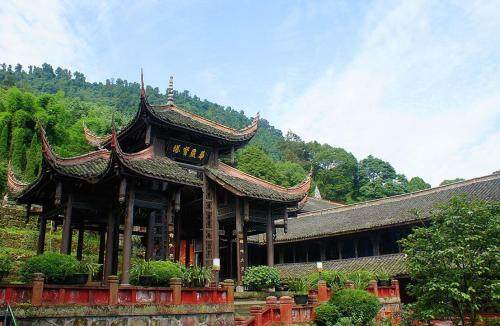

Look, this is the ancient temple and meditation forest built by the designers of the temple in accordance with the Buddhist artistic conception and the pure and inactive structure. Editor/He Yuting
Comment
 Praise
Praise
 Collect
Collect
 Comment
Comment
 Search
Search





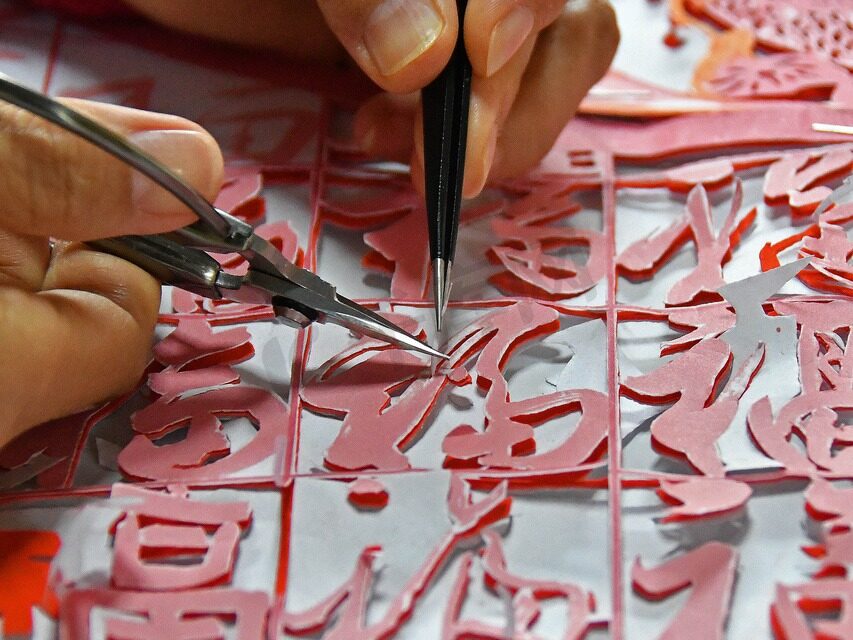
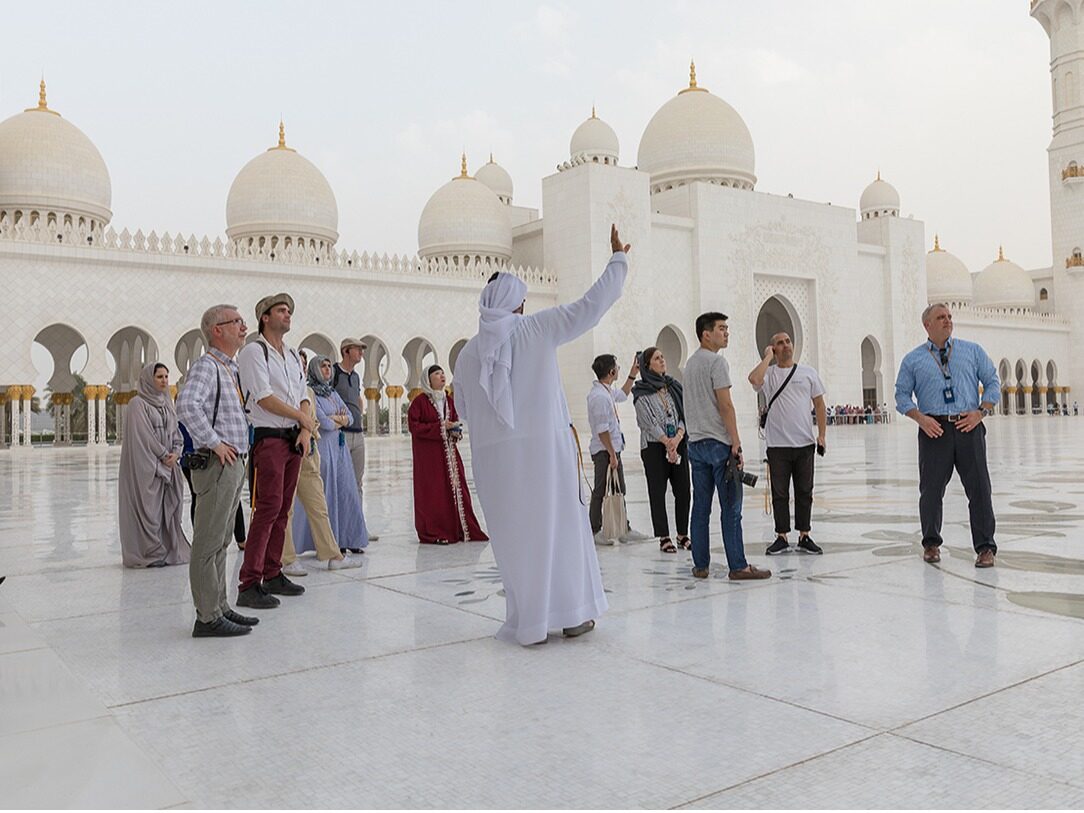
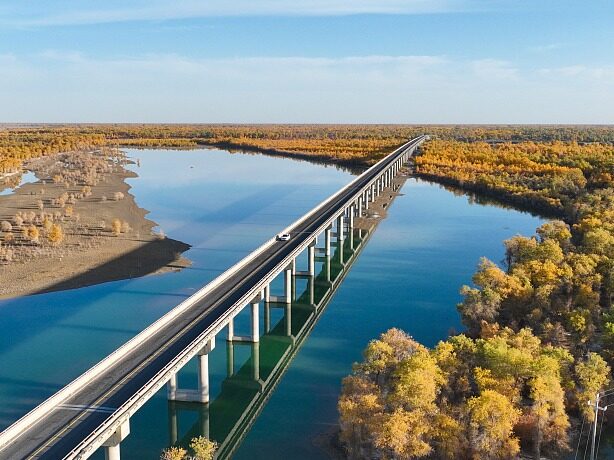






Write something~